Majestic are the moutains so why should staying there be anything less? This summer when you head out for your holiday in the Himalayas, stay in one of these manors tucked away and well into the verdant hillsides; these refurbished remnants of the colonial age, brimming with understated elegance and creature comforts thankfully more an afterthought than arbitrary attachments. A bit on the pricey side, it is because they don’t cater to numbers – for whom options are aplenty, a little bit lower in altitude and closer to town, if you don’t mind. What these era outposts offer are history – some even replete with ancient libraries, lots of quiet to do your thing, homemade food from organic farm produce, freshly squeezed juice and an occasional musk deer which saunters by.
Mussoorie / Vermont Estate
Dr Hugh Falconer, the original owner of the Estate was a peer of Charles Darwin; in fact, Dr Falconer himself is credited with the discovery of mammal fossils in the Shivaliks. From the Logie Estate which originally owned Vermont, Amber Hotels bought the property and developed it into a luxury getaway. Vermont Estate is situated at an altitude of 7,000 feet on the Hathi Paon Road (‘Elephant foot’) and the unfettered view of the Char Dham as well as several nearby mountains add to the allure. There are enough options to keep you occupied within the four walls of the Vermont – the mandatory spa, adventure sports facilities, pool table, bicycles – but step out, and well, its Mussoorie. Pick yours out of 11 bedrooms and one family suite. For details, visit www.theamber.inLandour / Rokeby Manor
Not very far from Mussoorie, Landour too has its own very charming colonial getaway and when it is run by serial restaurateur Sanjay Narang you get the picture. A 2005 trip to his alma mater, the 158-year old Woodstock School in Landour made him all in love with the estate and immediately decided to move in. Revamping the peeling structure, he also set up every kind of luxury retaining the essence of the quaint old-world charm. The Rokeby Manor was built by Captain G.N. Cauthy just a small climb from St Paul’s Church and Char Dukaan. There are a total of 12 rooms and four cabins with all-day dining. So irresistible that Mr Narang himself has shifted based from Mumbai to the Rokeby. Find out more on www.rokebymanor.comBinsar / Nandadevi Estate
Among the most popular heritage mansions – and understandably so – this sumptuously verdant property is bang in the middle of the Binsar Sanctuary. The Binsar Sanctuary was home of Sir Henry Ramsey, the British administrator and ‘uncrowned king’ of Kumaon and the estate that of the Shahs of Almora, before it was bought by Vivek Datta and his wife, Marie in 1956. The 155-year-old bungalow is at a height of 7,500 feet giving it commanding views of the Char Dham peaks, the mountains across the border in Nepal, the Nandakot and of course, the Nandadevi. There are two accommodation options within the Estate – the Goralkot Bungalow and the Writer’s Cottage – each with their own en-suite bedrooms and living spaces. Aside: The Writer’s Cottage is called so as it was here Tiziano Terzani, the Italian writer, churned out one work after another. Visitors can also trawl through the library, the terraced farms and grounds. For reservations, get in touch with Mukti, the Dattas’s daughter over www.nandadevi.inBinsar / Mary Budden Estate
Giving the Nandadevi illustrious company is Mary Budden, a 19th century heritage estate built for Mary, the daughter of Rev John Henry Budden, a missionary. At a breathtaking altitude of 8,000 feet, the Estate today is owned by Ashwini and Serena Chopra, who have added a newer Rhododendron Bungalow to the original Mary Budden. The recipes are sourced locally as well as brought by guests from all over the world. Serena says that they receive a lot of compliments for the staff who man the Estate – all of who are from the local communities – from whom you get to know a lot about the local culture and traditions. The daughter Samara Chopra, a widely known yoga guru and television personality, conducts yoga workshops here occasionally. Double whammy on www.marybuddenestate.inDenisford / Kasauli
It was built in 1870 employing a 400-year-old earthquake-resistant construction technology locally known as dhajji – widely used among the mountain tribes of Himachal Pradesh. An Irishman called Ross Clan built Denisford in five acres of serenity; though the township of Kasauli has developed all around it, the property still retains a serene atmosphere. The many trekking trails as well as camping sites for which Kasauli is renowned for are all within walking distance from here. Each of the three cottages that are rented out are self-sufficient – equipped with own kitchen, crockery, cutlery and radiator for the winter months. The Luthras bought the estate in 1996 and have taken immense care to conserve the original structures with its heritage intact. Contact denisford@gmail.com for booking.Colonial architecture: An era in stone
The colonial style of architecture is actually a mix of different styles, the important ones among them being Gothic, Imperial, Victorian, Christian and English Renaissance. While developing the Presidency towns of Madras, Calcutta and Bombay, Georgian style was in vogue back home; when the Empire reached its acme point in the land, Gothic held the sway soon followed by the inimitable flamboyance of the Victorian.
Just like Mughals before them, the English too used architectural styles to full effect as a symbol of power – the vanity, pomp and overarching sovereignty. Then, colonial architecture reflected not just the rulers’ indomitable will to lord over a land and people, subdue and thwart any uprising, exploit and evangelise but it also showed their willingness to adapt to new culture, climate and living conditions. However a bit dated the styles were by the time they reached Indian shores, they nevertheless were direct representations of English supremacy and achievements back home.
The cottages mentioned in the article were all built by noted civilians as well as bureaucrats of the Raj in styles faithful to the prevailing times. Over the years the ownership has certainly changed hands however the current owners have all remained true to their legacies and have spared no effort in its upkeep. God bless their efforts by making you opt for one of these this summer.


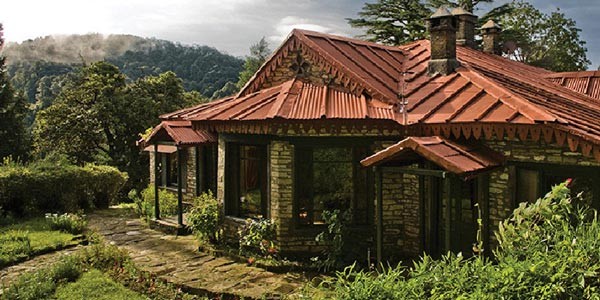
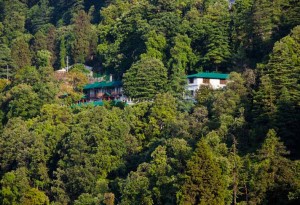
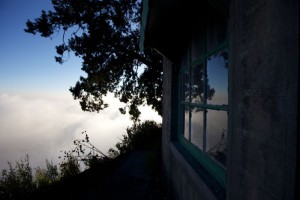
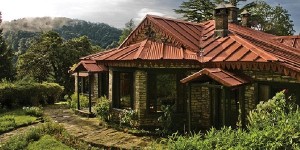
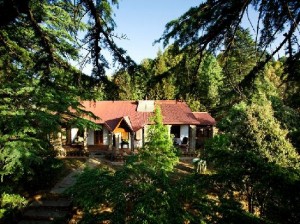
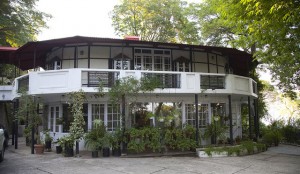









Hey … awesome post J!!! It was great meeting u yesterday. Cheers. Awesome blog. Loved it.
Thanks Geetanjali… The pleasure was mine.
Hi,
What a co-incidence that I authored an article with EXACTLY these homestays for a magazine called Jet Wings. Hmmmm…
Yeah? Ain’t they droll! I too have been to all of these cribs myself, loved them. Jetwings has carried a few stories by me as well.